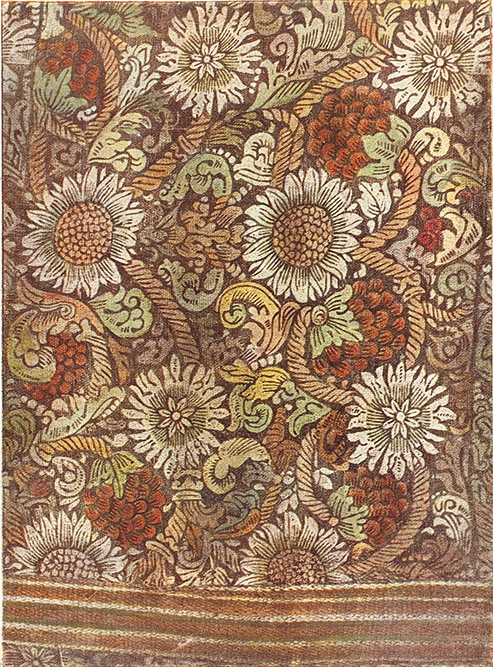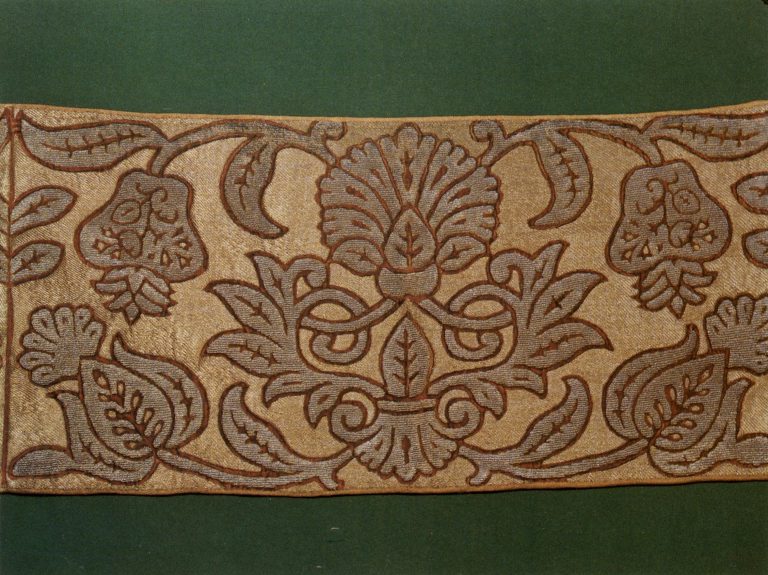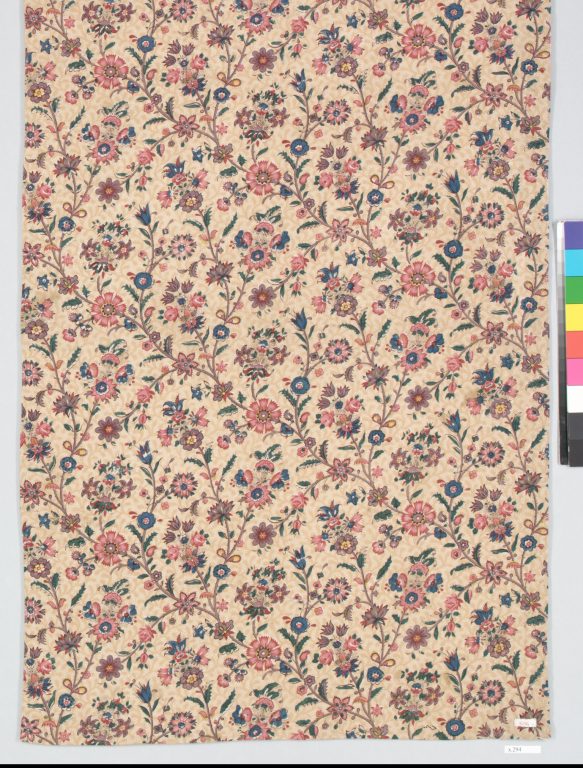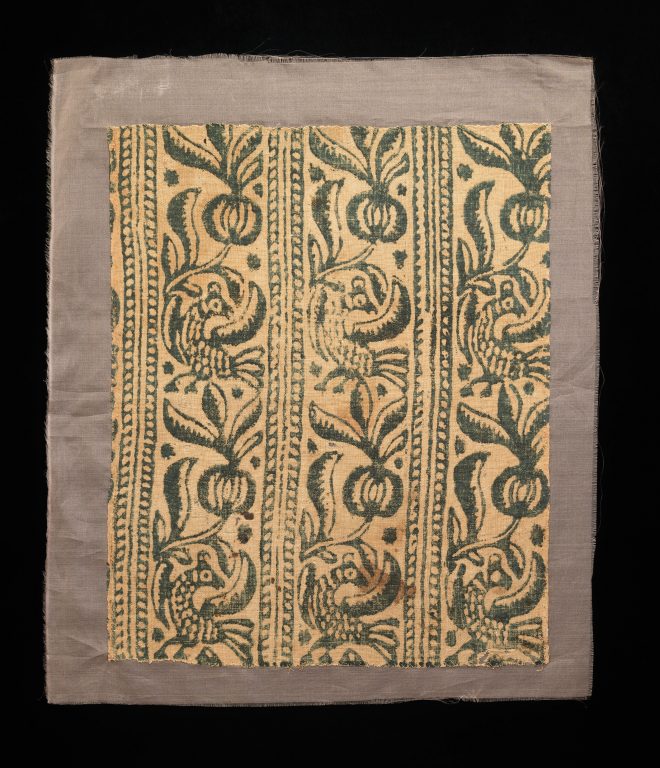

-
Object
-
Type of arts & crafts
-
MediumLinen
-
Size19 x 11 1/2 in. (48.3 x 29.2 cm)
-
Geography details
Russia -
Federal region today
-
Date1600-1799
-
Type of sourceDatabase “Metropolitan Museum of Art”
-
Fund that the source refers toMetropolitan Museum of Art
-
This object is from the collection of Natalia de Shabelsky (1841-1905), a Russian noblewoman compelled to preserve what she perceived as the vanishing folk art traditions of her native country. Traveling extensively throughout Great Russia, she collected many fine examples of textile art of the wealthy peasant class. From the 1870s until moving to France in 1902, Shabelsky amassed a large collection of intricately embroidered hand-woven household textiles and opulent festival garments with rich decoration and elaborate motifs. The Brooklyn Museum holdings include many fine examples including the majority of the garments. Portions of Shabelsky’s collection are also housed at the Museum of Fine Arts, Boston, the Cleveland Art Museum, and the Russian Museum of Ethnography in St. Petersburg.
Naboyka are block-printed textiles used for clothing as well as household objects and book bindings. The design motifs of these textiles are very old, dating to as early as the 12th century where they can be seen in manuscript illuminations. The earliest makers of naboyka were likely the icon painters who were well-versed in color-mixing and ornamentation, but were later replaced by skilled craftsmen who traveled amongst villages.


























